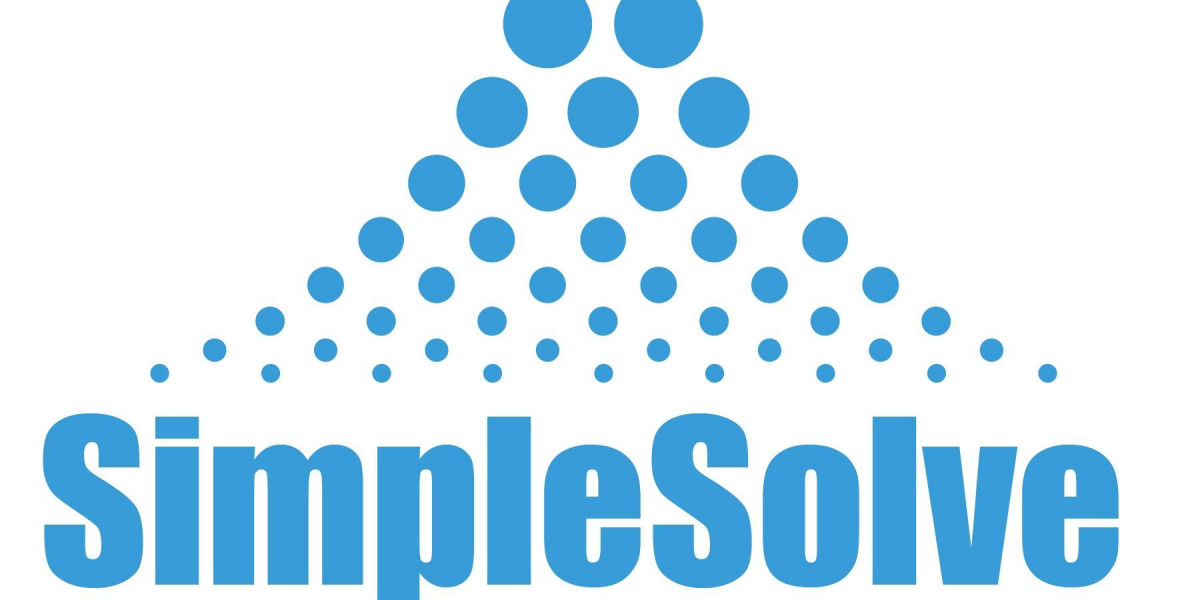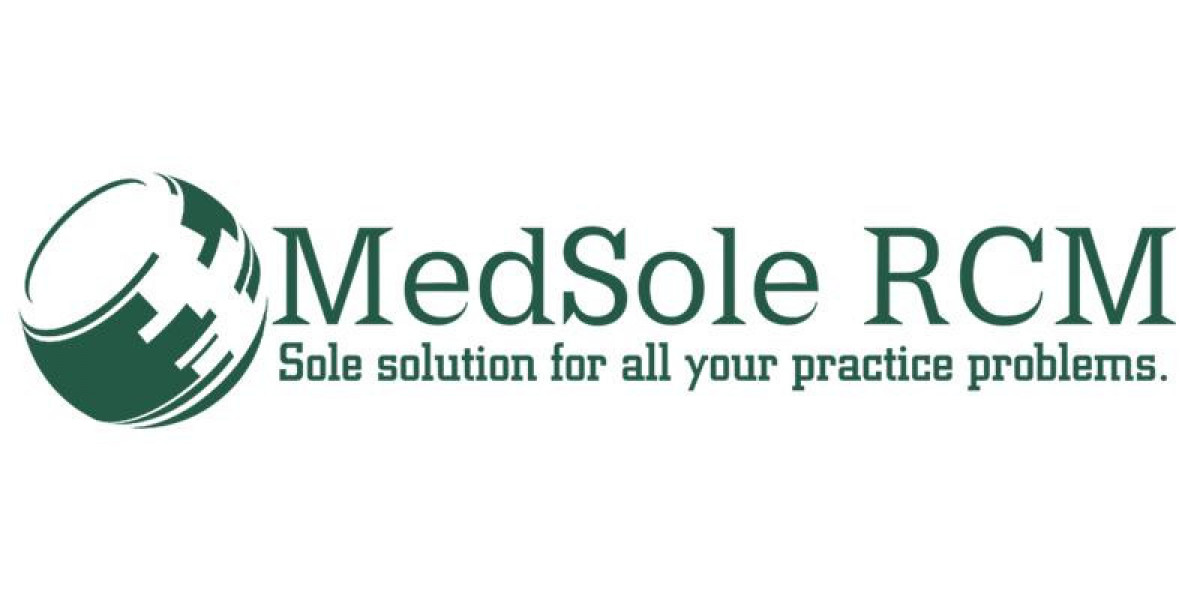Imagine you’re the CEO of a U.S. insurance company. You wake up to headlines about competitors using AI to launch new, personalized products in weeks—while your teams are still battling green-screen terminals, manual spreadsheets, and systems that haven’t changed since the early 2000s. This isn’t a hypothetical—it’s the daily reality for many insurance leaders across America. And the culprit? Outdated software.
The Real Cost of Legacy Technology
Legacy technology isn’t just an inconvenience—it’s an anchor slowing the entire organization. According to Clearwater Analytics (2024), nearly 74% of U.S. insurers still rely on outdated systems for underwriting, pricing, and claims. These systems were built for an era when customer data was locked in filing cabinets, not in the cloud.
The problem isn’t reliability—it’s rigidity. Every change requires weeks of coding, testing, and validation. Something as simple as adding a new rider to a policy or adjusting a rate table can take months and hundreds of thousands of dollars. In a world where startups launch digital-first insurance products in 45 days, that delay is deadly.
A Deloitte survey (June 2024) underscores this:
86% of insurance executives prioritize rapid product launches and continuous updates.
Two-thirds view technological modernization as a top business driver.
Yet, 70–80% of IT budgets in insurance are still spent just keeping legacy systems alive. That leaves almost nothing for innovation—no AI pilots, no new digital tools, no customer experience upgrades.
The AI-Powered Market Has Changed the Rules
Today’s customers live in an AI-driven world. They get instant product recommendations, real-time financial alerts, and automated loan approvals. Naturally, they expect the same from insurers—instant quotes, real-time policy updates, and quick claims resolutions.
AI makes this possible. But outdated software makes it impossible.
A modern insurer can use AI to detect fraudulent claims before payout, personalize offers based on lifestyle data, or even use IoT devices to predict and prevent losses. A legacy-bound insurer, on the other hand, can’t even integrate with these new tools.
In one real-world case, a national insurer discovered that its mainframe-based claims system couldn’t connect with the AI engine designed to speed up claims processing. The result? Weeks of delay, frustrated customers, and missed opportunities for brand loyalty.
Regulation Is Raising the Stakes
Beyond customers, regulators are demanding faster, smarter, and more transparent systems. Data privacy laws, ESG reporting, and cybersecurity compliance all require flexibility—something old systems were never designed for.
Modern platforms with integrated AI can automate compliance tasks, track data lineage, and flag potential risks in real time. Outdated software? It often requires manual checks, disconnected data sources, and error-prone reports.
The message is clear: you can’t comply with tomorrow’s regulations using yesterday’s tools.
Real-World Impact: When Outdated Systems Fail
Let’s look at what happens when technology falls behind.
Scenario 1: The Claims Crunch
A massive storm sweeps across the Midwest, and thousands of customers file claims overnight. AI-powered insurers process straightforward claims in hours. Their customers are reimbursed before the floodwaters recede.
Meanwhile, legacy insurers are buried under paperwork and batch files, forcing policyholders to wait weeks for updates. The result? Angry customers and lost trust—both expensive to recover.
Scenario 2: The Product Launch Delay
A competitor launches a new “gig worker” insurance policy in just 60 days using cloud-native technology. Your teams? They spend nine months debugging COBOL code just to release an update. By the time your product hits the market, the moment—and the customers—are gone.
The Path Forward: Modernization as a Business Strategy
Modernization isn’t just an IT project—it’s a strategic imperative. Moving to flexible, API-first platforms and cloud-based systems doesn’t just streamline operations; it transforms how insurers compete.
AI-driven analytics can uncover hidden revenue opportunities, while automation reduces claims costs and improves customer satisfaction. According to McKinsey (2024), insurers that have modernized core systems report up to 35% faster product launches and 25% lower operational costs.
Modern software doesn’t just help you react faster—it helps you anticipate what’s next.
Final Thought: The Future Belongs to the Fast
In today’s digital-first market, outdated software isn’t just a technical liability—it’s a business risk. Insurers clinging to legacy systems are missing out on growth, innovation, and customer loyalty every single day.
To stay competitive, insurers must view modernization not as a cost, but as an investment in agility, resilience, and relevance. Because in the race to win tomorrow’s customer, speed isn’t optional—it’s survival.







